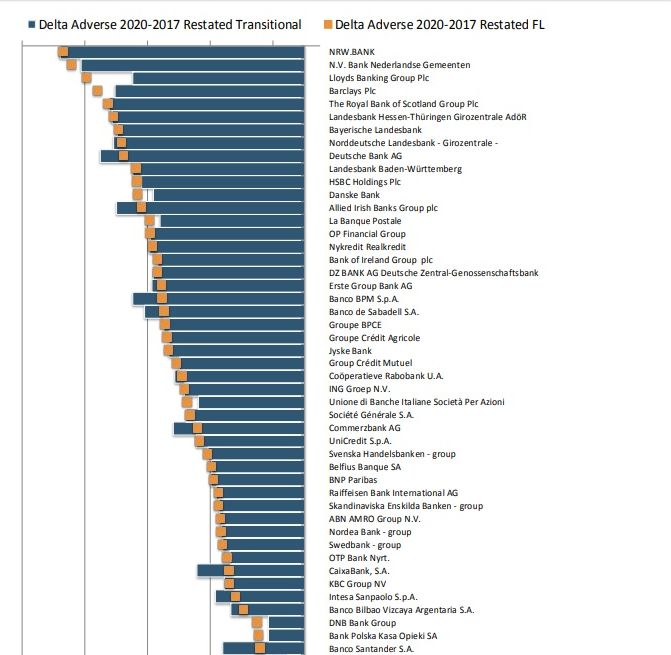Dimitrios Goranitis, FSI Risk & Regulatory Advisory, Partner, Deloitte Central Europe
Irina Vasile, FSI Risk & Regulatory Advisory, Senior Manager, Deloitte Central Europe
Based on information collected by competent authorities, the European Banking Authority publishes every year aggregate data regarding the number of individuals per credit institution or investment firm who are remunerated EUR 1 million or more per financial year (high earners), at an aggregate Member State level.
The 2021 analysis shows a significant increase of the number of individuals working for EU banks and investment firms who received a remuneration of more than EUR 1 million. Generally, the rationale behind this increase is the overall good performance of institutions, in particular in the area of in
High earners’ remuneration
EBA’s analysis shows that the number of high earners who have been awarded EUR 1 million or more in annual remuneration increased by 41.5%, from 1 383 in 2020 to 1 957 in 2021 which is the highest value for EU27/EEA since this exercise started in 2010. Most of these high earners are “identified staff” – staff that has a material impact on the institutions risk profile, and therefore subject to specific remuneration provisions.
Most high earners come form Italy, France and Germany, with Italy having almost a third (29%) of the total number of high earners at a European level. In 2021, compared to 2020, the biggest difference in the number of high earners is observed in ‘investment banking’ followed by the area of ‘asset management’. A good reason for this dynamic is that, as of 2021, the limitation of the ratio between the variable and the fixed remuneration no longer applies to investment firms and other firms that are subject to a specific sectoral remuneration framework, as some high earners have not been subject to the requirement of the bonus cap. However, particularly high ratios might
indicate a misalignment of the variable remuneration to the underlying risks, including operational and legal risks.
2021 also marked an increase in the weighted average ratio of variable to fixed remuneration for all high earners from 86.4% in 2020 to 100.6% in 2021, which may be linked to the fact that COVID 19 restrictions on the award of bonuses expired.
Overall, the increase of the number of high earners is linked to the good performance of institutions, in particular in the area of investment banking and trading and sales, as well as to further relocations from staff after Brexit from UK to the EU and also as overall salary levels increased. As inflationary pressures started to come to light in 2021, this also contributed to the increase of the number of high earners.
According to Eurostat data, the labor cost increased by 2.3% in Q4 2021.
It is worth mentioning that in 2021, around 143 high earners received significant severance payments and without these payments, most of these staff members would not have been considered high earners.
Conclusions
The EBA raised awareness on a significant increase in the numbers of high earners in 2021, compared to the previous year. The figures are not exceptional in the post-pandemic context, with variable remuneration and deferred payments restrictions lifted, much improved company performance and an inflationary environment. But as the current macroeconomic and geopolitical context is not exactly favorable, it is advisable for financial companies to adopt careful dividend and remuneration policies, and to focus on better capitalization for the turbulent times ahead.
EBA will continue to publish data on high earners annually and benchmark remuneration trends biennially, to closely monitor and evaluate developments in this area. The EBA will collect data for 2022 based on the revised guideline on remuneration (EBA/GL/2022/06). Thus, the data will take into account a separation between credit institutions and investment firms that have to apply the specific remuneration provisions and will also include the gender pay gap and the aspect of approved higher ratios between the variable and fixed remuneration.






COMMENTS